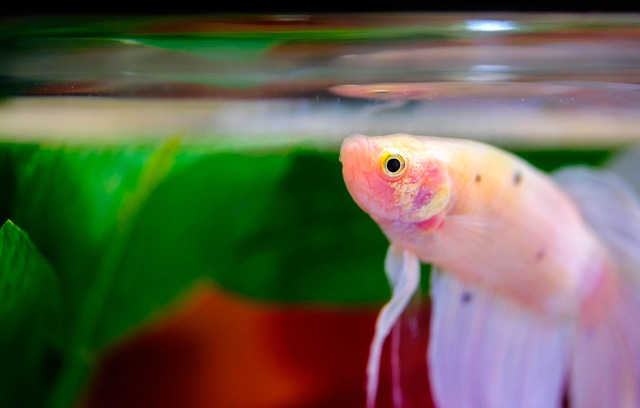
Siamese Fighting Fishes, also known as Bettas, are popular fresh water aquarium fishes known for their colorful and flowing fins. Almost exclusively bred in captivity, these exotic fishes have become more attractive than their ancestors that are native to Thailand and Cambodia which are rather plain-looking. With selective breeding, Bettas have become the beauties that they are known now.
Another trait of the Siamese Fighting Fish is its aggressive behavior, especially among males. Male Bettas are known to attack and kill another male to protect their territory, hence, they are usually kept in individual bowls or compartmentalized tanks. During the olden times, these fishes were collected and pitted against each other. Today, they are collected because of their beauty.
Because Bettas in the pet trade come from breeding facilities and not from natural sources, there is no strict prohibition on shipping these creatures. However, proper packing must be observed to ensure that they arrive safe and healthy. Here are some tips on how to properly ship a Siamese Fighting Fish.
Stop feeding the Siamese Fighting Fish 24 hours before shipping. This will help keep the water they are in cleaner during transport which in turn keeps them healthy and less stressed.
Prepare a shipping box big enough to accommodate your bagged fishes. The idea is to use a box that can snugly fit a bag or bags of fighting fishes with some extra space for Styrofoam lining and packing materials.
Line the bottom and all sides of the box with 1″ or 2″ Styrofoam sheets. Also prepare a sheet for the top.
Fill 3/4 of a bag with clean aquarium water. Add a water conditioner tablet available from pet shops. These tablets remove chlorine, neutralize harmful metals and add beneficial electrolytes in the water as well as calms the fish. Gently place the fish in the bag and fill it with oxygen. Tie the bag with a rubber band. Place the bag in another bag ang tie again securely. Double bagging will prevent leaks in case the first bag has a tiny hole in it.
Lay the bag or bags on the padded shipping box and fill empty spaces with newspaper to prevent them from moving. Place a thick layer of newspaper on top of the bags.
Depending on the weather, add heat or cold packs on top of the package. Fill with more newspaper to prevent shifting. Place the Styrofoam sheet for the top and close the box.
Address and label the package. Do not put “Live Animal” or “Live Fish” labels on the package as they might do more harm than good to the way the package is actually handled. Instead, use “Perishable” or “Fragile” labels to indicate that the package needs careful handling and must be delivered as soon as possible.
Take the package to your local post office or shipping company and ship overnight or use expedited service. Don’t forget to let the recipient know about the incoming package and the time it is expected to arrive so there will be someone to receive it when it is delivered.
